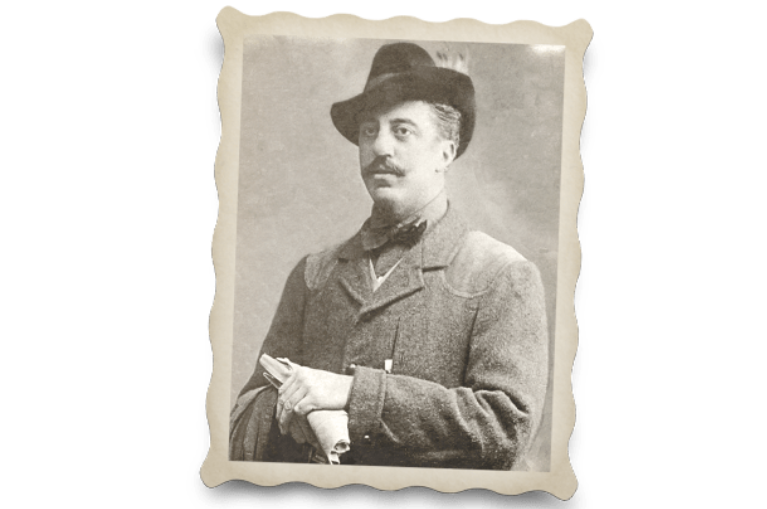History of the Picos de Europa National Park
To discover the origins of the Picos de Europa National Park we need to talk about Pedro Pidal, a great figure of the Spanish conservation movement in the 20th century. This Asturian based in Madrid was a deputy and a senator in the Spanish Courts. In 1905 and with the support of King Alfonso XIII, he created the Royal Reserves of Gredos and Picos de Europa, intended to protect the Hispanic mountain goat and the chamois, species with a threatened population due to hunting. Three years later, in 1908, he defended the right to respect the mating seasons of game animals for their preservation. After visiting Yellowstone (first National Park in the world), Yosemite, New York, and Canada to learn from their experiences, his efforts in nature conservation achieved its major goal in 1916 when the 1st Law of National Parks was adopted. On July 22, 1918, the first Spanish National Park was created (Covadonga Mountain) which only protected the Western Massif of the Picos de Europa (El Cornión).
| It wasn’t until 1995 that the National Park was expanded, protecting the whole three massifs of the Picos and the sources of the rivers Sella, Cares, and Deva. It was at this point that the park was given its current name: Picos de Europa National Park. After its last expansion in 2015, the National Park measures 67 455 hectares. It is the second largest Park, after Sierra Nevada (86 208 hectares), of the fifteen that make up the National Parks Network in Spain. |  |
The National Park belongs to three different regions of Spain (Principado de Asturias, Cantabria, and Castilla y León) and to eleven municipalities. Three of these (Oseja de Sajambre, Posada de Valdeón, and Tresviso) are entirely within the National Park, which affects the special management of this protected area. It is practically the only Spanish National Park with an internal population, making it necessary for traditional activities to carry on as they have done for generations.




Opening hours: Mon-Fri 9:00am – 6:00pm (CET)
Opening hours: Mon-Fri 9:00am – 6:00pm (CET)